Fertilizing plants is one of the most effective ways to support healthy growth, vibrant flowers, and abundant harvests. However, even experienced gardeners can unintentionally harm their plants if fertilization is done incorrectly. Missteps such as over-fertilizing, using the wrong type of fertilizer, or applying it at the wrong time can lead to stunted growth, nutrient imbalances, or even plant death. According to gardening experts, understanding common fertilizing mistakes and how to avoid them is essential for thriving gardens. This article explores five common fertilizing mistakes, their consequences, and practical solutions for safe and effective plant feeding.
1. Over-Fertilizing Plants
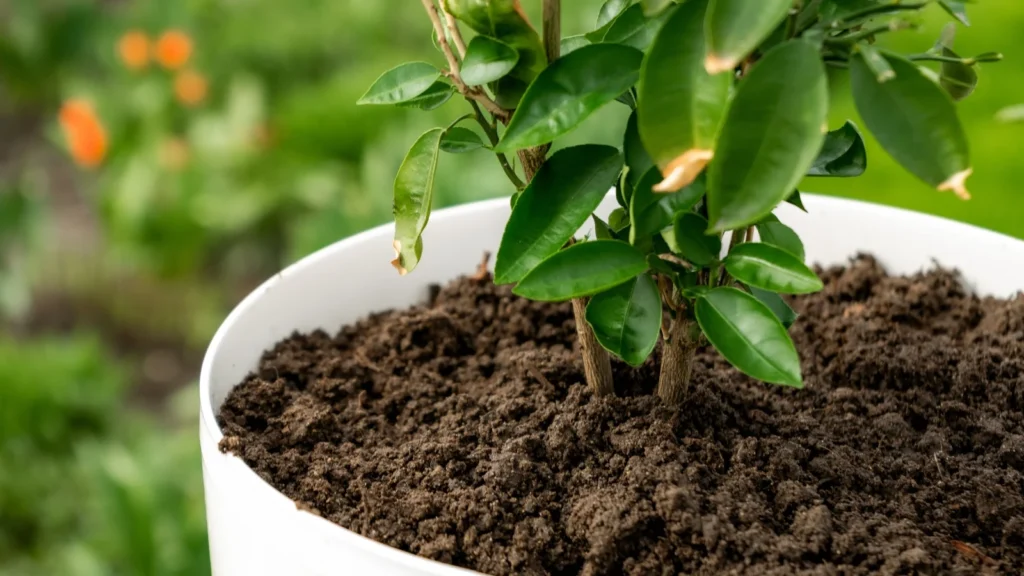
Over-fertilization, also called nutrient burn, is perhaps the most frequent mistake gardeners make. While nutrients are essential, too much fertilizer overwhelms the plant, damaging roots and reducing growth.
Consequences of Over-Fertilizing
- Leaf burn or yellowing due to salt buildup.
- Wilting or drooping foliage from root damage.
- Reduced flower or fruit production, as plants prioritize vegetative growth.
- Increased susceptibility to pests and diseases.
How to Avoid Over-Fertilizing
- Follow label instructions carefully for the specific plant and fertilizer type.
- Start with half the recommended dose for young or newly planted species.
- Space fertilizer applications according to the plant’s growth cycle.
- Monitor plant response and adjust the dosage gradually.
Expert Insight: Horticulturist Sarah Martinez advises, “Less is often more. Plants respond better to moderate, consistent feeding than to heavy, infrequent doses.”
2. Using the Wrong Fertilizer
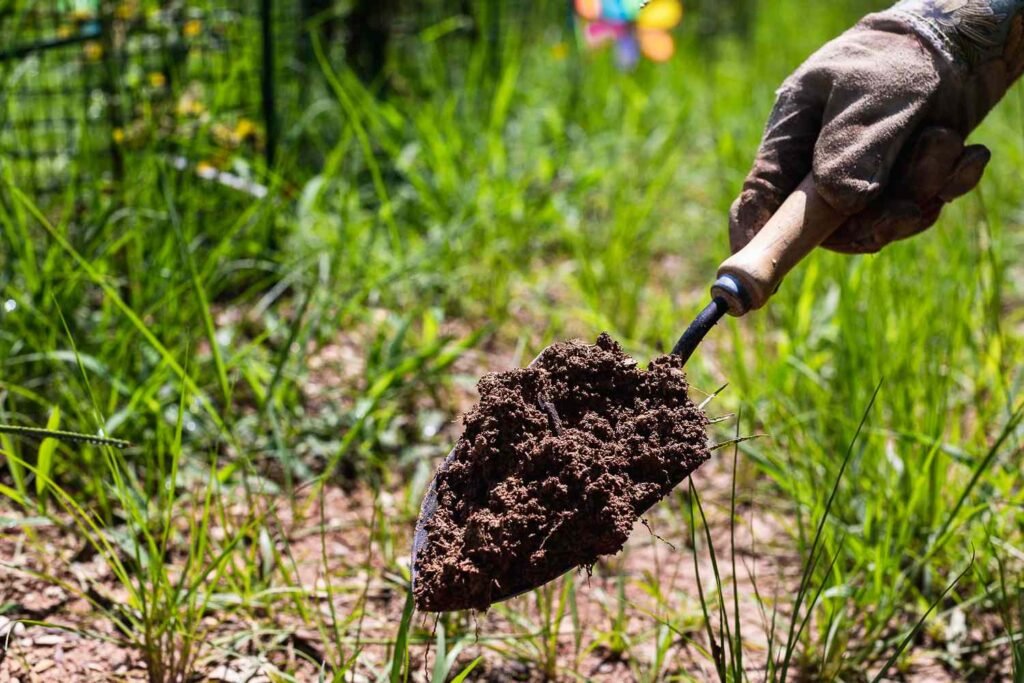
Not all fertilizers are created equal. Using the wrong type or formulation can lead to nutrient imbalances, poor growth, and even toxicity.
Common Fertilizer Mistakes
- Applying high-nitrogen fertilizer to flowering plants can promote leaves at the expense of blooms.
- Using acid-loving plant fertilizer for neutral or alkaline soil plants can alter pH and nutrient uptake.
- Mixing incompatible fertilizers, which may precipitate essential nutrients and make them unavailable to plants.
How to Avoid This Mistake
- Know your plants and their nutrient needs—leafy greens, flowers, and fruiting plants require different nutrient balances.
- Read fertilizer labels to ensure N-P-K ratios match the plant’s requirements.
- Conduct a soil test before applying fertilizer to identify deficiencies and pH levels.
- Use specialized fertilizers for indoor plants, container plants, or specific crops.
Expert Insight: Soil scientist Dr. Ravi Patel emphasizes, “Understanding the nutrient profile of your soil is crucial. Even high-quality fertilizer can be ineffective if it doesn’t meet your plants’ actual needs.”
3. Fertilizing at the Wrong Time
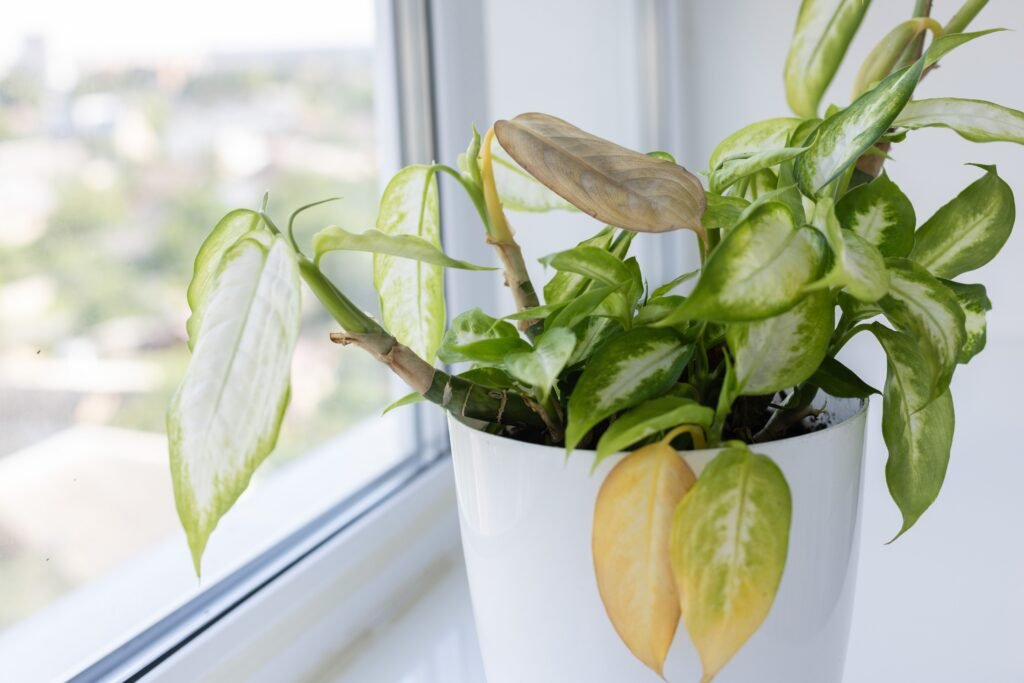
Timing is critical when it comes to fertilizing plants. Applying fertilizer at the wrong growth stage or during adverse weather conditions can limit effectiveness or harm plants.
Mistakes in Timing
- Fertilizing dormant plants in winter may not be absorbed effectively.
- Applying fertilizer during peak heat can stress plants and lead to nutrient burn.
- Late-season fertilization in fall may encourage tender growth vulnerable to frost.
How to Avoid Mistiming Fertilizer
- Fertilize actively growing plants during spring and early summer when they can absorb nutrients.
- Avoid fertilizing during drought or extreme temperatures; water the plants first if soil is dry.
- For flowering and fruiting plants, apply bloom-boosting fertilizers during early flowering, not before.
Expert Insight: Garden designer Lisa Nguyen notes, “Fertilizing at the right stage ensures nutrients are used efficiently, promoting growth without wasting resources or stressing the plant.”
4. Neglecting Soil Testing
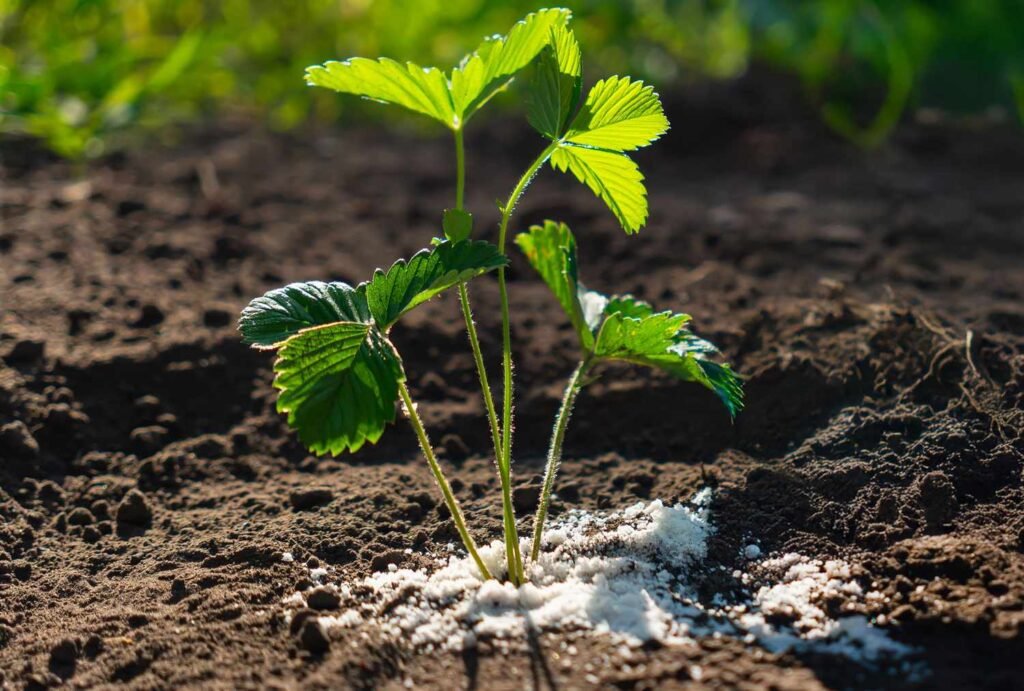
Many gardeners skip soil testing, relying on guesswork or past experience. This can result in over- or under-fertilization, nutrient imbalances, or poor plant health.
Consequences of Skipping Soil Testing
- Nutrient deficiencies that stunt growth or reduce flowering.
- Excess nutrients that harm roots or create toxic soil conditions.
- Incorrect pH that prevents nutrient absorption.
How to Avoid This Mistake
- Conduct a soil test at least once a year, preferably in early spring.
- Follow test recommendations for nutrient amendments, pH adjustment, and fertilizer type.
- Retest periodically if you notice plant health issues or after heavy fertilizer use.
- For container gardening, use a fresh potting mix and occasionally test water runoff to monitor nutrient levels.
Expert Insight: Agronomist Dr. Emily Stone says, “Soil testing removes the guesswork. It allows you to target fertilization precisely, saving money, improving plant health, and protecting the environment.”
5. Ignoring Watering Practices
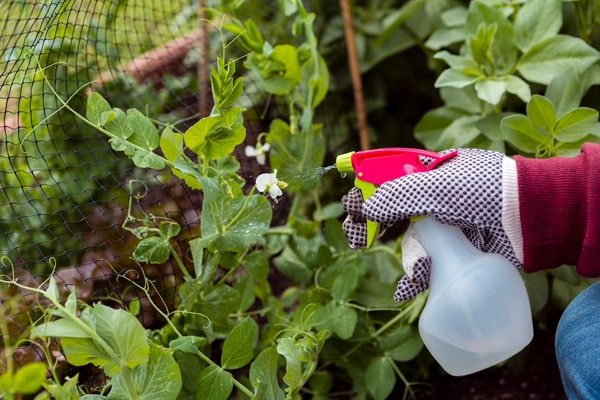
Watering is intimately linked to fertilization. Applying fertilizer to dry or overly wet soil can reduce nutrient uptake or damage plants.
Common Watering Mistakes
- Applying fertilizer to dry soil may burn roots or fail to penetrate the soil.
- Overwatering after fertilizing can leach nutrients beyond the root zone, reducing effectiveness.
- Inconsistent watering can create fluctuating nutrient availability, stressing plants.
How to Avoid Watering Mistakes
- Water plants lightly before applying fertilizer to prepare the soil.
- Apply fertilizer evenly, then water gently to help nutrients penetrate the soil.
- Maintain consistent moisture appropriate for the plant species.
Expert Insight: Horticulture expert Rajiv Kumar explains, “Water acts as a vehicle for nutrients. Fertilizing without proper watering is like sending supplies with no transport—the plants won’t get what they need.”
Additional Tips for Safe Fertilization
- Avoid Fertilizer Contact with Leaves
- Direct contact can cause leaf burn; apply fertilizer to soil only unless foliar feeding is recommended.
- Use Slow-Release Fertilizers
- Reduce the risk of nutrient spikes and minimize labor with long-lasting nutrient supply.
- Organic vs. Synthetic Fertilizers
- Organic fertilizers release nutrients gradually and improve soil health.
- Synthetic fertilizers provide quick results but require careful monitoring to avoid over-fertilization.
- Follow Plant-Specific Guidelines
- Different plants have unique nutrient requirements; consult reliable sources or local extension services.
Conclusion
Fertilizing is essential for healthy, vibrant plants, but mistakes can lead to significant problems, from nutrient burn to poor growth. The five common fertilizing mistakes—over-fertilization, using the wrong fertilizer, mistiming applications, neglecting soil tests, and ignoring watering practices—can be easily avoided with proper knowledge and attention. By understanding your plants
